Date:2019-11-15
From November 4th to November 8th, Beth Jelfs, the professor from the Royal Melbourne Institute of Technology, Australia, brought us a series of wonderful lectures on biomedical signal processing and other aspects in the meeting room of BME. The teachers and students who participated in the lectures studied carefully and discussed relevant issues.

Beth Jelfs is currently the recipient of a vice-chancellor’s research fellowship at RMIT University where her research focuses on developing adaptive statistical signal processing techniques that can identify and track changes in biological signals. Dr Jelfs earned her PhD in signal processing from Imperial College London in 2010. She subsequently held postdoctoral positions in next-generation DNA sequencing at the University of Oxford and biomedical optics at University College London. Dr Jelfs then joined the International Transition Team at City University of Hong Kong collaborating on research with the Computational Neuroscience Lab whilst also providing English language support. She was on the organising committee for ‘enGENEious’, a student and post-doctoral organised conference on microbial engineering and was an event manager for the inaugural ‘Pint of Science’ festival, which has since become an annual global event.
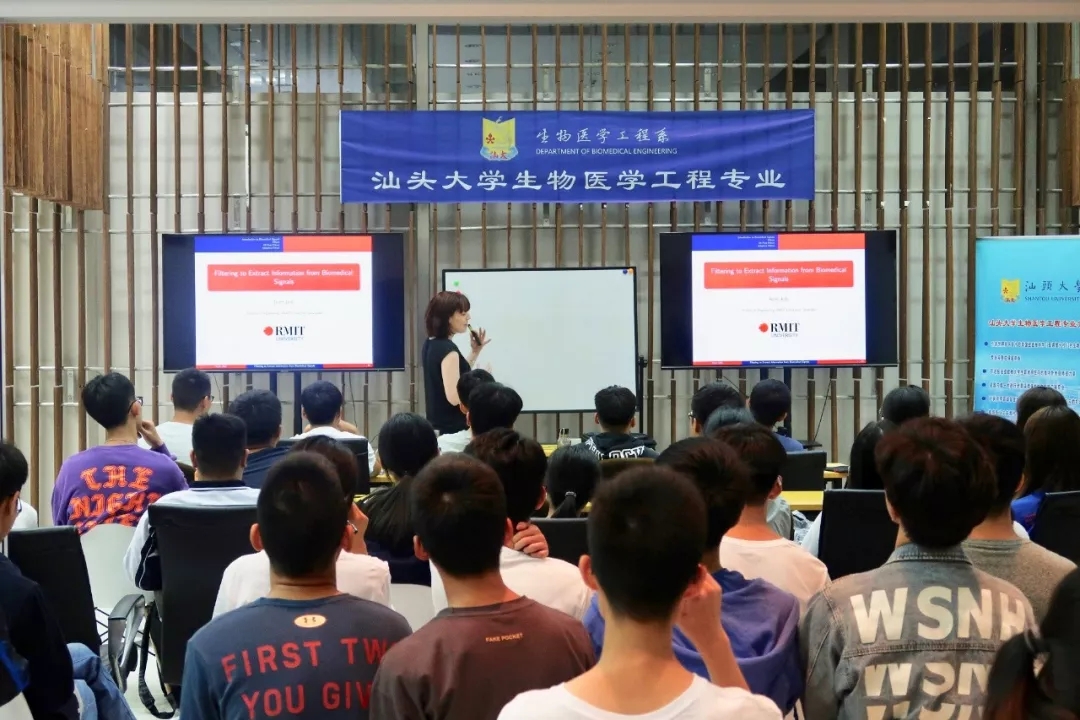
Filtering to Extract Information from Biomedical Signals
Filters are a fundamental topic in signal processing. We often think of filters as a method to remove unwanted noise from signals. In this lecture we will talk about how we design filters not only to remove noise but also to gain information. We will look at examples including estimating muscle fibre conduction velocity and predicting brain consciousness states.
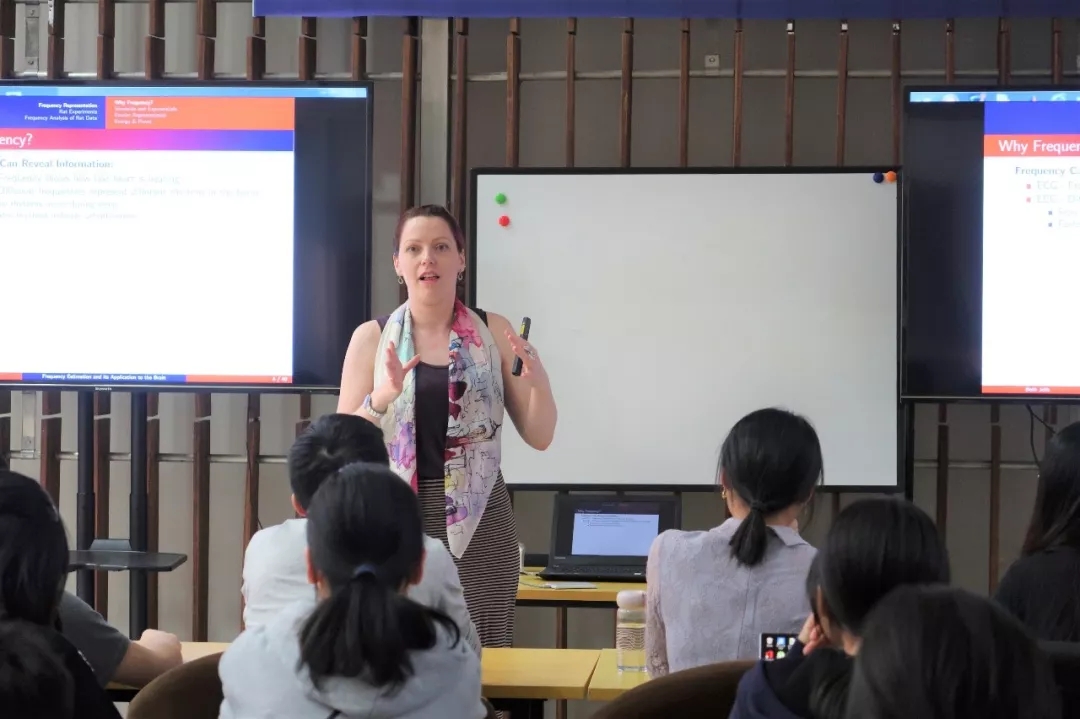
Frequency Estimation and its Application to the Brain
Estimating the frequency of a signal is common in many applications. Data recorded from the brain the signals often contains multiple frequency components relating to different forms of brain activity. In this lecture we will look at different frequency estimation techniques and applying them to several types of electrical signals from the brain including EEG and local field potentials.
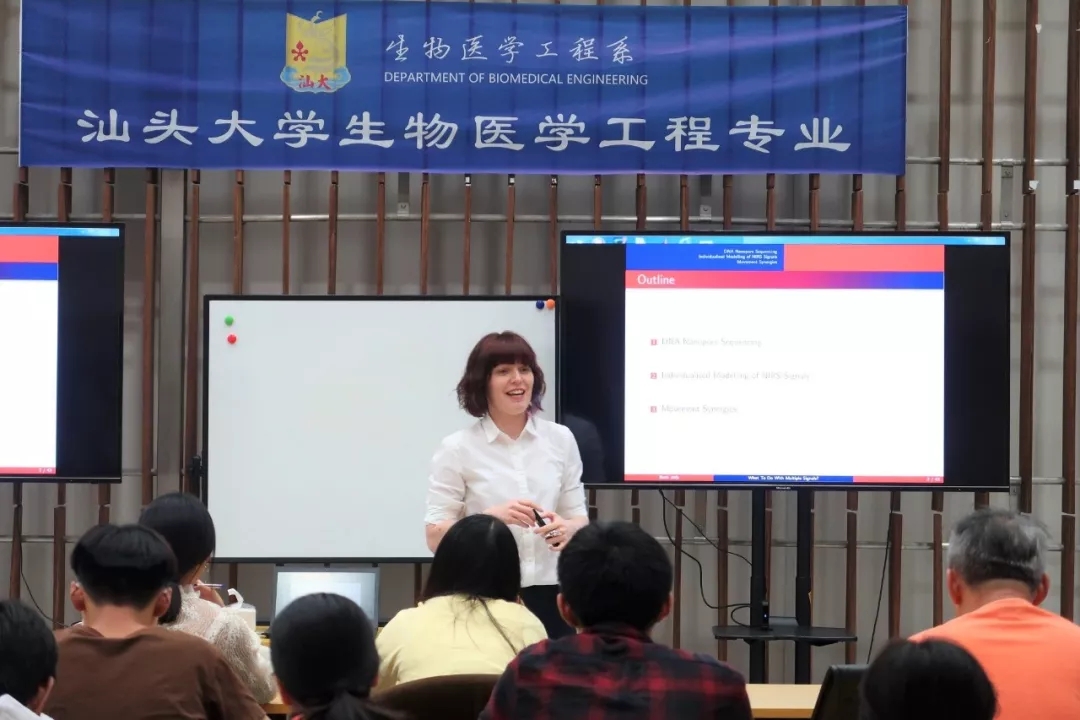
The human body is an incredibly complex system to understand, to help we often record many signals. Either of the same type or different types depending on the parts of the body we want to measure from. To understand the body as a whole we need to look at how these signals interact and affect each other. In this lecture we will look at methods for analysing multiple signals and look at examples of brain and muscle interactions and interactions between different areas of the brain.
Professor Beth Jelfs's series of lectures received active participation and good feedback from teachers and students of the department of biomedical engineering, which enabled students to have a new understanding of biomedical signal processing system and played a profound role in guiding their future research.
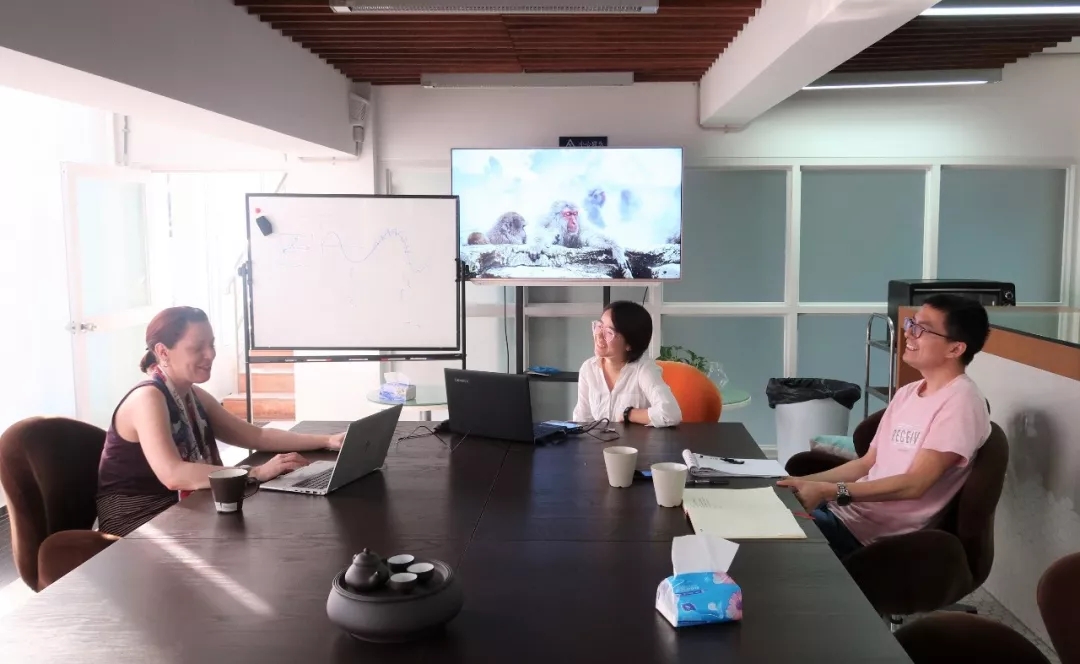
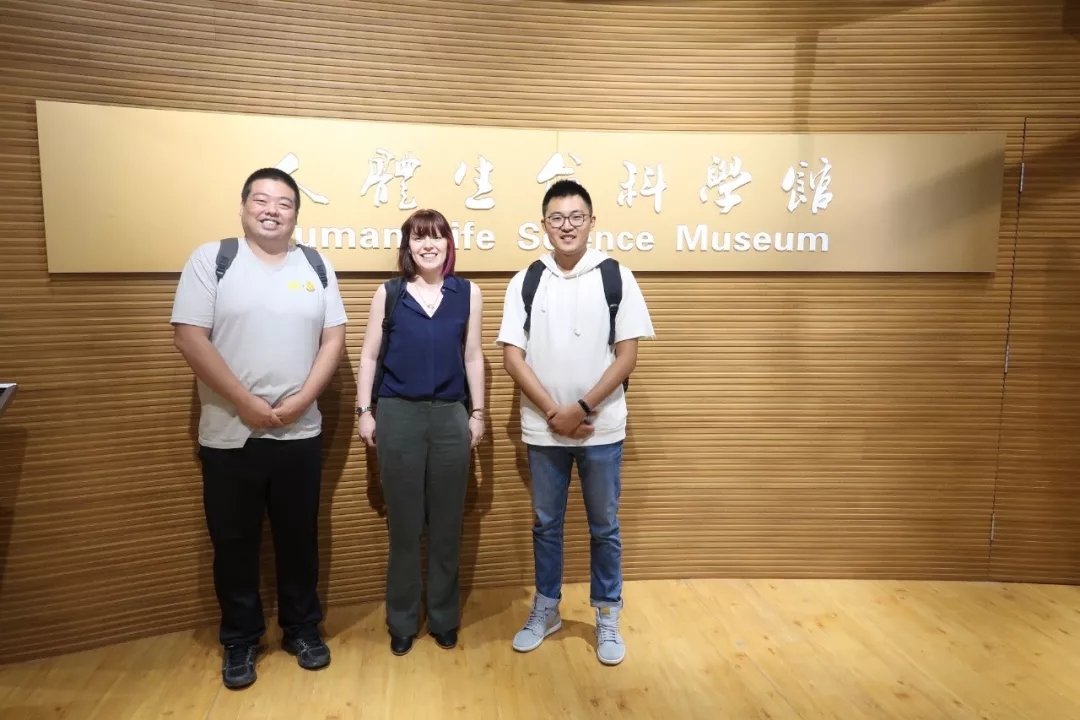
At the same time of the lecture, the faculty of the department of biomedical engineering and professor Beth Jelfs communicated and discussed the current progress of scientific research projects, teaching and educating and other relavent issues, and reached a certain intention of cooperation in teaching and research.